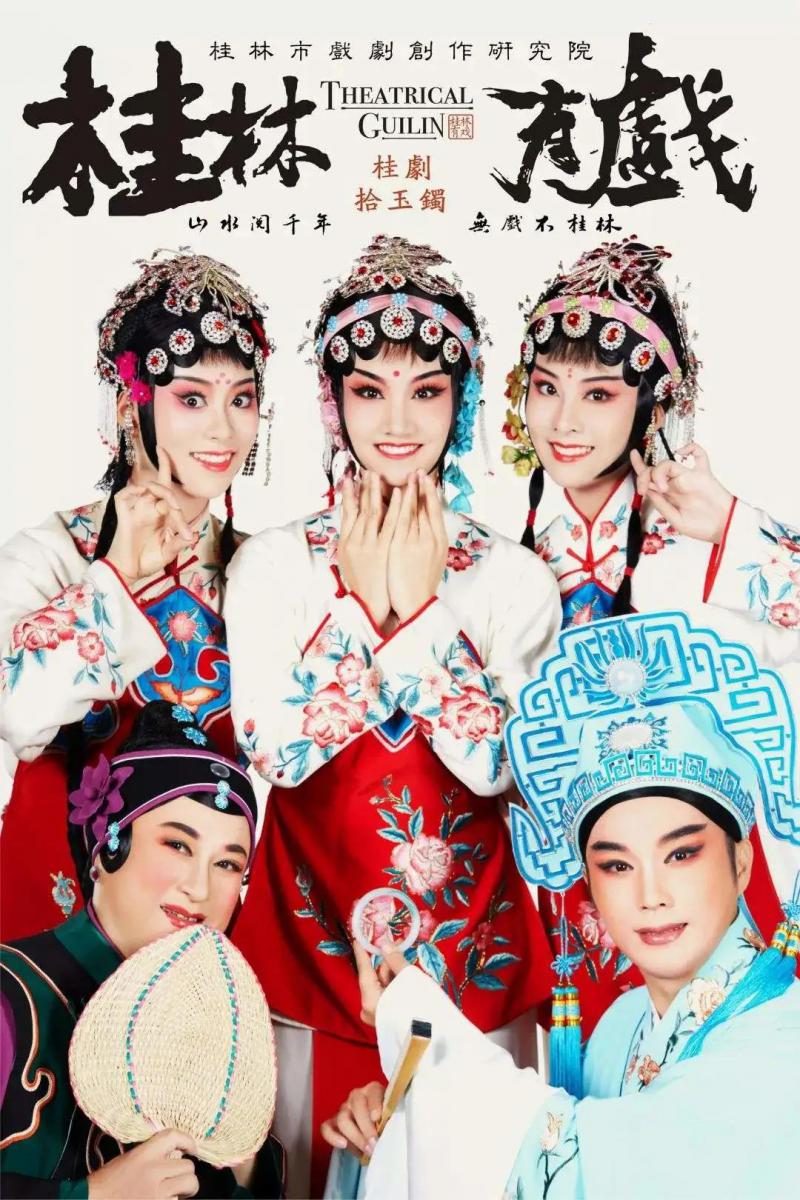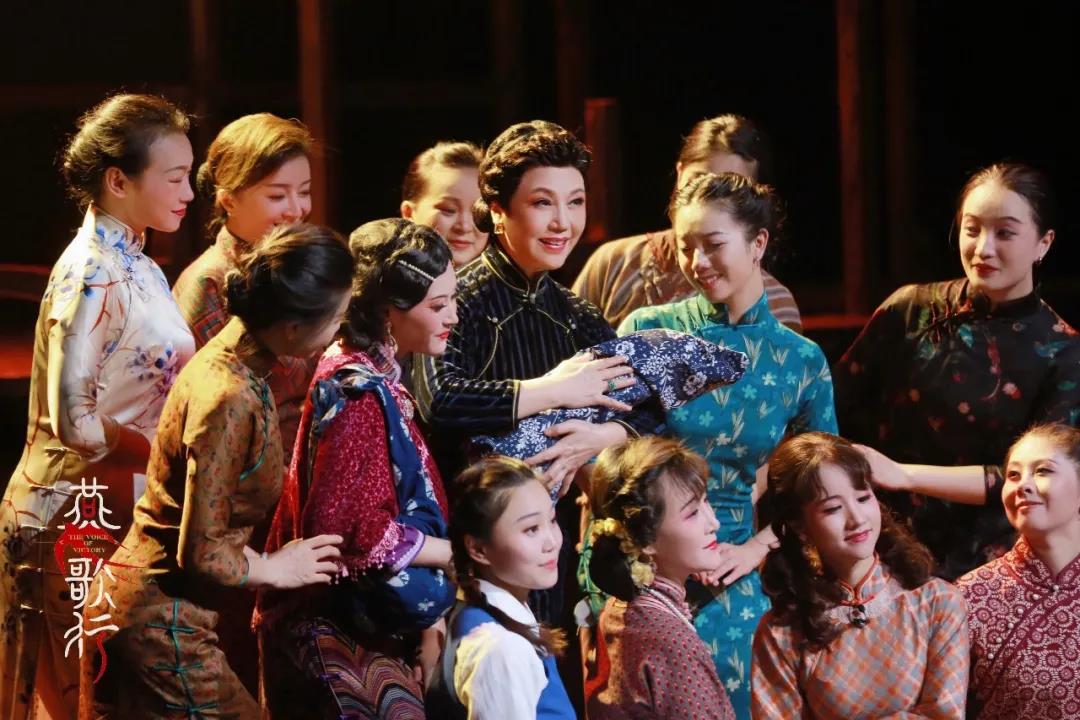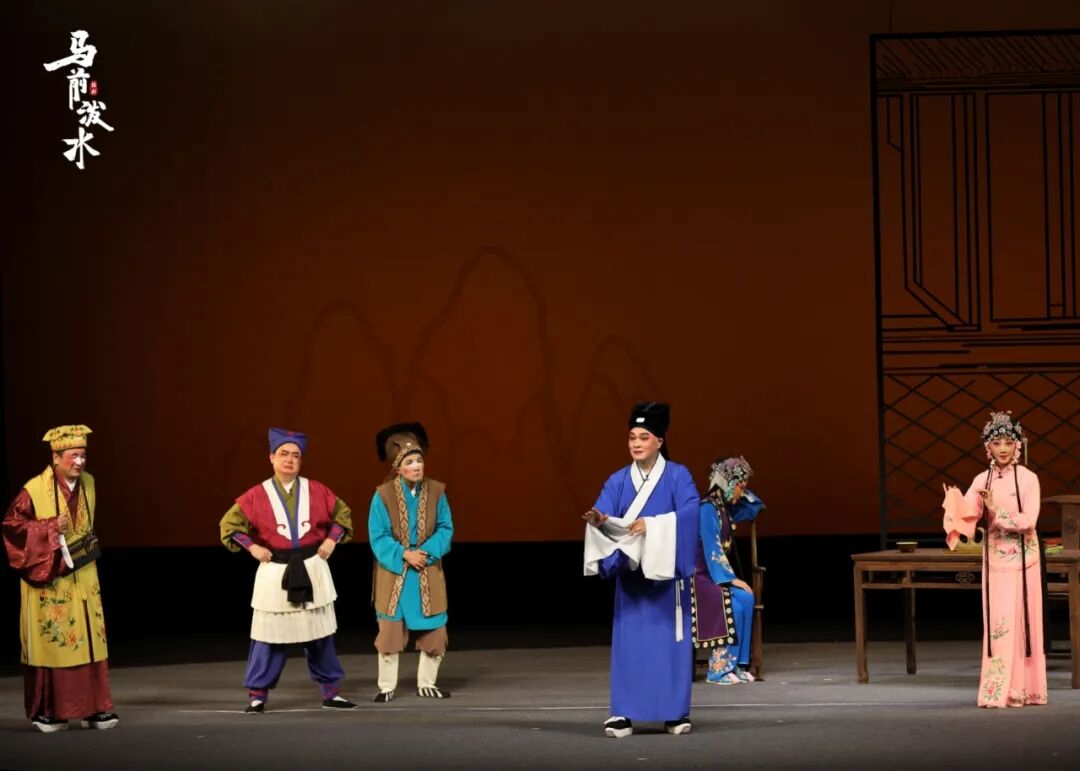Gui Opera: Unique Theatrical Art of Guilin and Guangxi
Publication time:2022-01-28 15:36:00
By Zhang Xiaoyan
Gui Opera, a traditional opera form that originated about 200 years ago in the city of Guilin in South China’s Guangxi Zhuang Autonomous Region, is one of the main local performing art forms that people of all walks of life enjoy watching and listening to. Interestingly, both Guilin (a city) and Guangxi (a provincial level region whose capital was Guilin until 1950) are known as Gui in the abbreviated form. Hence, Gui Opera could mean either Guilin Opera or Guangxi Opera.
Gui Opera is sung in the Guilin dialect, with beautiful tones and melodies. The workmanship of Gui Opera is delicate, appropriate and lively. With the help of facial expressions and body postures, it focuses on shaping characters with delicate and life-enriching performances, which is deeply loved by the local people.
Mixture of origin
Despite a major local opera in Guangxi, Gui Opera originated in mid-Ming Dynasty (1368-1644), with its features blending Kunqiang, Gaoqiang, and Yiyang Tune, which are the local theatrical arts of other provinces in China.
Kunqiang, is the Kunqu Opera chant which may be the oldest form of Chinese opera, dating back to the Ming Dynasty (1368-1644). In Kunqiang, singing and dancing is accompanied by a variety of string, wind and percussion instruments. Gaoqiang, or “high pitched music”, refers to a number of singing styles characterized by its very high, forceful falsetto. Yiyang Tune was sung in free tempo and without musical accompaniment except for gongs and cymbals that were played in cadences.
Gui Opera has a long list of traditional repertoires such as Mu Guiying, Meeting on the Broken Bridge and Stealing Umbrellas. It absorbed the arias and performance skills of other operas, like the Beijing Opera and the Kunqu Opera. The types of roles are divided into the Sheng (male role), Dan (female role), Jing (painted-face male role) and Chou (clown or comic role). The opera is sung in dialect and the melody is pleasing to the ears.

Wide fan base and huge popularity
There are rich repertoires of Gui Opera, which is said to be “eight hundred large and small operas”, of which “one or two hundred repertoires are of unique Guilin characteristics”. The performance of Gui Opera focuses on singing, reciting (soliloquy or dialogue), acting and dancing, which are presented to be simple and delicate, soft and vivid. Like other local dramas in China, Gui Opera also stresses on the standard dramatic suite, which makes arrangement of single-stanza arias and cluster arias that are influenced by tempo, pitch and other factors.
To say how popular Gui opera was before the founding of New China in 1949, an aged local resident of Guilin when interviewed blurted out a list of names: Sanming Theater, Taiping Theater, Donghua Theater, Nanqiang Theater, and Tongle Theater... All of them, all of which could generally accommodate 400 or 500 people, with performing arranged at least two times a day, each being full house.
Not only the common people liked to watch Gui Opera, but also the dignitaries in Guilin were particularly fond of it. The famous Taiwanese writer Pai Hsien-yung, who was born and raised in Guilin at that time, is a huge fan of Gui Opera. He often went to the theatre with his nanny at the age of four or five. And those who performed for these celebrities were famous actors, such as Xiao Feiyan (or Little Flying Swallow), Yun Zhonghe (or Crane in the Clouds), Fenghuang Ming (or Phoenix Singing), etc.

In 1950s, the hottest period for the development of Gui Opera. It was really difficult to get tickets for the opera. Many people who could not buy tickets and could not afford tickets went to see the ‘tail play’, which means that they were allowed to see the show free of charge when the play reached the last one-third section, or the tail part.
Help and reform from specialists
The creation of Gui Opera scripts can be traced back when Tang Jingsong, a political figure in the Qing Dynasty (1644-1911). A scholar during that time, he was once the governor of Taiwan. After his retirement, he returned to Guilin and placed his lifelong talent and ambition in the local opera. He established the “Guilin Spring Troupe” and wrote the Watching Chess Pavilion Zaju, which became the first group of unique plays in Gui Opera, because before that, despite more than 800 titles of drama, most of the performance of Gui Opera artists were taught orally and personally by their masters without scripts. It was Tang Jingsong’s love for Gui Opera that contributed to the formation and development of this theatrical art. Now, more than 100 years later, in his hometown Guanyang County, in every festival, the drama troupes spontaneously composed of local villagers perform a play of Gui Opera for celebration. The performance is full of people’s voices and feelings, with both actors and audience enjoying themselves completely.
In the 1930s and 1940s when the Anti-Japanese War was going on, a large number of writers, dramatists, theorists and scholars gathered in Guilin from all over China. Among whom, a famous playwright Ouyang Yuqian, at the invitation of Ma Junwu who is a famous educator, also came to Guilin twice to lead the reform of Gui Opera.
The reason for the reform is that “the traditional Gui Opera has no stage setting, and people outside the opera appear on the stage at will, which destroys the integrity of the art”. Ouyang Yuqian who personally served as the head of the experimental troupe of Gui Opera established in 1939, established the director system, absorbed new singing styles, wrote and performed new plays, and beautified the stage with settings. His reform of Gui Opera not only gave it a new life, but also trained a new generation of performers.
Jumping out of box on stick striking
“The Sheng or male performer Fan Zhongyu falls back into the box, whose cover is immediately closed, and he quickly changes direction when falling in; the second time he lifts the box cover, he jumps out and lies horizontally on the opening, with his head to the right and his feet to the left, then stands up on the left edge of the box and falls in again; the third time he jumps out of the box, with his head to the audience, and then with his back to the audience he stands up and falls in from the middle of the box. Each move of the actor is wonderful.”

This is the description of the scene of “Jumping out of Box on Stick Striking”, a masterpiece of Gui Opera, which was performed at the national broadcaster China Central Television in 1991. The scene which lasted 2 minutes and 18 seconds totally blew the mind of the live audience and the TV viewers.
The play tells the story of Fan Zhongyu, a scholar of the Song Dynasty, who went to the capital city with his wife and children for the royal examination. Being framed by grand master Ge Dengyun, he was knocked unconscious, put into a wooden box and left in the wilderness. Fortunately, he was rescued by two police officers and sent to Judge Bao to redress his grievances. The unique skill “falling in and out of the box” is a representative stunt of Gui Opera. The actor goes in and out of a box of less than one square meter three times, where he changes his clothes within seconds, along with acting skills such as hair flicking, beard floating and clothes changing, which makes the scene unique and amazing.

